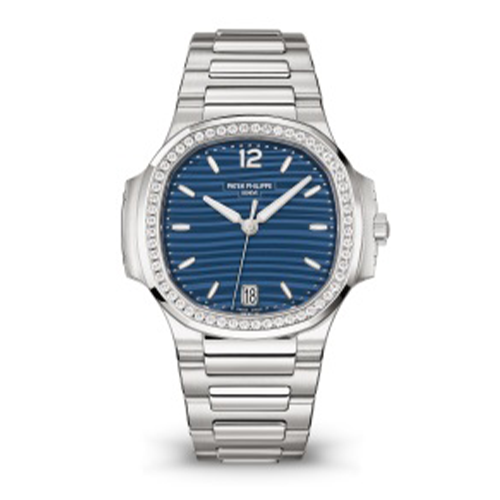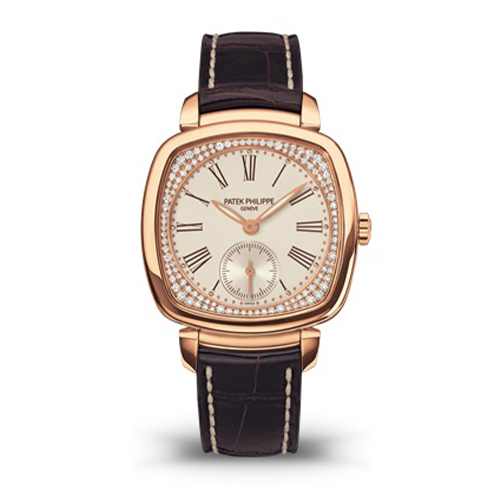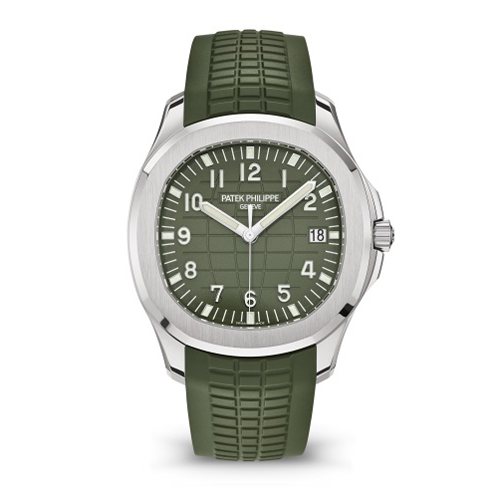Symbolism of the 12th-century Spanish order of chivalry, ancestral know-how blended with French avant-gardism, the audacity of a Polish exile in unfamiliar lands and a long-standing presence in Geneva – these are the foundations of one of the most emblematic watchmaking houses.
Today, the absence of the comma between Patek and Philippe may lead to confusion about the name of the company’s founder, but it was there in the beginning. In fact, the name Patek was originally separated from Czapek by the same comma. And while today the brand is in the hands of the fourth generation of the Stern family, this name was never actually added with a comma. Have I lost you? Let’s go back to the early 19th century.
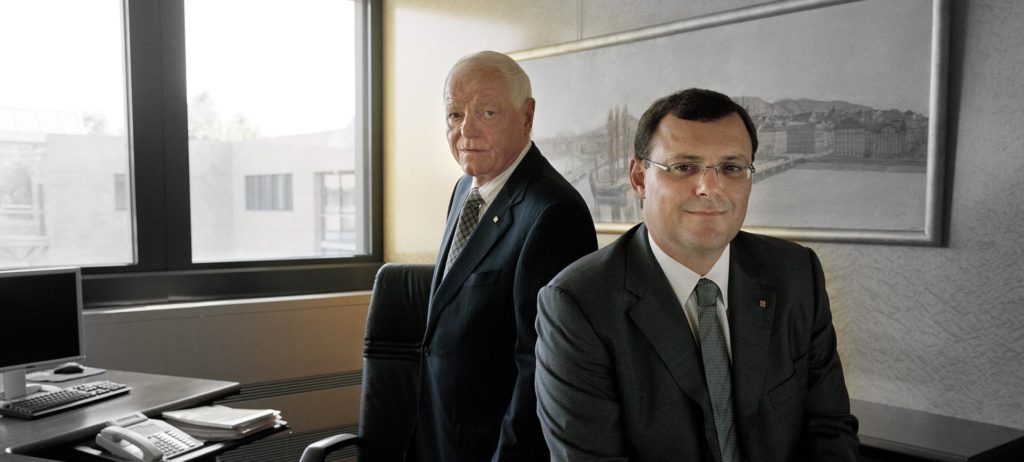
Between Antoni, Franciszek and Philippe
Antoni Norbert Patek was born in Poland in June 1812. Although his family belonged to the lower nobility, the death of his father in 1927 disrupted young Antoni’s daily life, forcing him to contribute financially to the family expenses. As a result, he took part in the November Uprising, which pitted the Polish people against Russian rule. Despite several wounds, he came out of it alive and was even awarded the highest military distinction. But Antoni had to flee his homeland. First in Prussia, then in France, he finally settled in Geneva and naturally began to take an interest in the work of master watchmakers. He also Frenchified his name to Antoine Norbert de Patek.
Franciszek Czapek was born in 1811 in the Kingdom of Bohemia, in what is now the Czech Republic, and soon moved with his family to Poland. Also caught up in the turning point of the war, he finally found refuge in Switzerland. Changing his first name to François, he joined forces with a certain Moreau to set up his first watchmaking company. With copy-and-paste lifestyles and a shared passion for their adopted city’s flagship industry, Antoni and Franciszek, or Antoine and François, met naturally and eventually joined forces under the name Patek, Czapek & Cie.
Specializing in very rare timepieces available only to order, the workshop produces some 200 timepieces each year. This could have been the starting point for an almost two-hundred-year-old family business, but history knows no conditional. While everything united them, the collaboration ended in 1844. Was it just a six-year contract, or was it too much tension and discord to continue? Whatever the reasons, each decided to go his own way… François Czapek founded Czapek & Cie with a fellow Pole. Although his company established a real place for itself in the watchmaking world (yes, it even became the official watchmaker to Napoleon III!), after the death of its founder in the 1870s, it gradually fell into oblivion. It wasn’t until 2015 that a trio of enthusiasts, Xavier de Roquemaurel, Harry Guhl and Sébastien Follonie, began to restore its imperial court credentials. But that’s another story, let’s go back to 1851. This year marks the beginning of the history of Patek, Philippe & Cie – Fabricants in Geneva. But who is this famous Philippe, who opens the second chapter of the company’s history?
Avant-garde
In 1844, Antoine Patek travelled to Paris, unaware that this trip would set a new direction for the entire timepiece industry. While there, he met a certain Jean-Adrien Philippe, an avant-garde French watchmaker who was working on a revolutionary mechanism for the time: the replacement of the winding key by a small crown directly integrated into the pocket watch. Three patents were filed for this technological feat, which we still know today! Both enchanted by this desire to create unique timepieces, combining the highest quality with technical innovation, the two men decided to join forces, separating their names with the famous comma. The collaboration was a resounding success, propelling the Franco-Genevan firm from the royal courts of Europe to the pockets of the popes of the day. While their pieces found their way into the collections of Queen Victoria, James Ward Packard and Albert Einstein, the duo never forgot the DNA of the manufacture: the spirit of innovation. And patents flourish. The company has registered over 70 patents since 1845! Sometimes the complications come from Patek Philippe’s technological genius, like the precision regulator, the perpetual calendar mechanism or the double chronograph, sometimes they are dictated by demand, like the appearance of wristwatches for men. While wristwatches were mainly reserved for women, the needs of wartime prompted the Manufacture to develop a whole new range for men. This quest for practicality combined with technology gave rise to the split-seconds chronograph wristwatch in 1923 and the perpetual calendar wristwatch two years later.
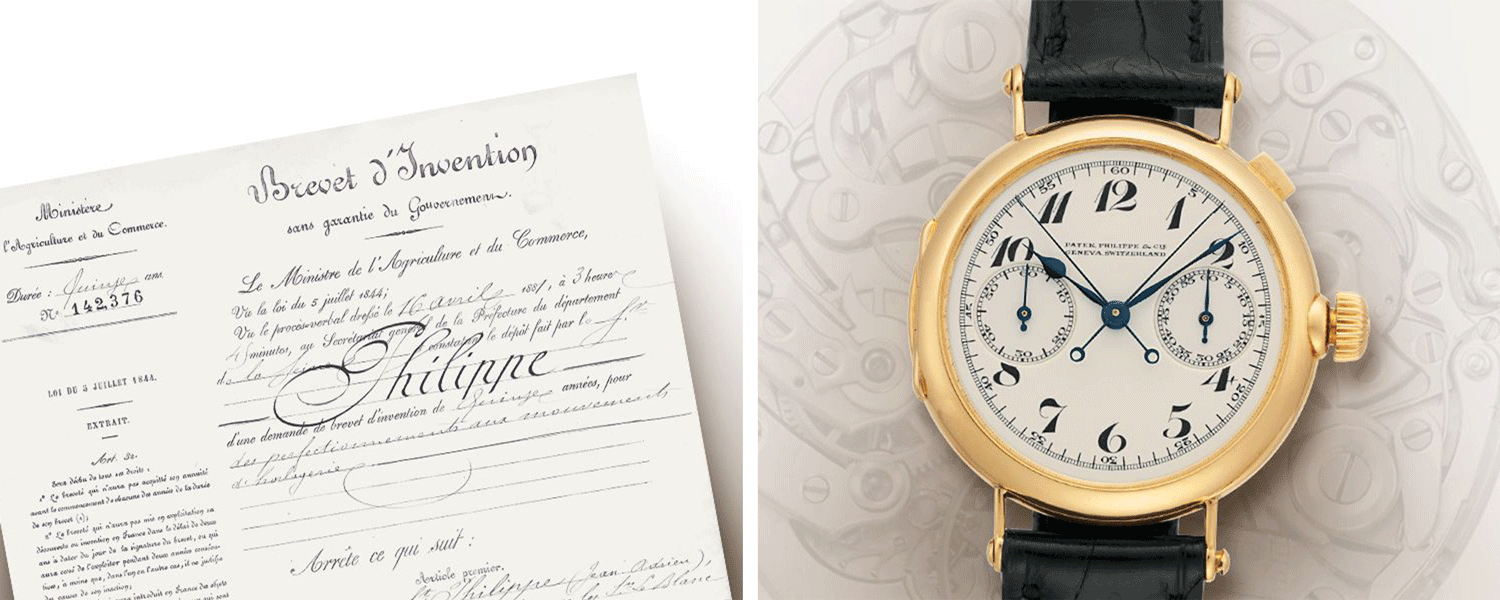
At the same time, the Geneva-based Manufacture, located on the Grand-Quai (now the Quai Général-Guisan), received an order for an exceptional timepiece: the world’s most complicated watch. The 24 complications requested by Henry Graves required three years of research and two years of production. It was completed in 1933, and for more than half a century this record would not be surpassed. But what audacity! With such a fertile breeding ground for creativity, the future looked bright for this House, but the reality was not so prosperous. Patek died in 1877, Philippe in 1894. Philippe gave the company its final direction, choosing the Calatrava cross as the brand’s emblem. While its forms are harmonious and symmetrical, it above all symbolizes the values of perseverance, courage and independence of 12th-century Spanish chivalry. A fine reference to the philosophy that guided the company in the time of its founders, and a viaticum for the years to come!
The company was initially taken over by Joseph Emile Philippe, son of the founder, but the global economic situation was to take its toll. This second chapter is thus closed.
Family business with no family of origin
Rejecting an offer from Jacques David LeCoultre, Patek, Philippe & Cie was finally bought out in 1932 by the Stern brothers. At the time, they were already at the helm of a high-end dial manufacture in Geneva. While it might have been tempting to add a comma to the name, they chose instead to simplify it. Thus, Patek Philippe SA has since become a family business once again, even if the founding families are no longer at the helm. Starting with a reorganization of production, the Sterns have taken the watchmaking nugget to new heights, while perpetuating the stories and emotions that make the brand. In fact, the campaign launched in the 90s emphasized the importance of heritage and values with the motto: “You will never completely own a Patek Philippe. You’ll just be its guardian, for future generations”. But which Patek Philippe? In four generations of Sterns, the company has launched iconic models that continue to make its name, such as the Golden Ellipse in 1968, the sporty chic Nautilus eight years later, the Aquanaut and Gondolo in the 90s, and the Twenty~4 in 1999. But while successes flourish, the House never forgets the boundless ambition of its founders and continues to push back the frontiers of the possible. To commemorate its 150th anniversary, Henri Stern launched Calibre 89. Nine years in the making, 33 complications and a weight of almost one kilogram! Replaced in 1993 by Philippe Stern, it is to him that the company owes its move up a gear. Regrouping production in a building in Plan-les-Ouates, the brand centralized its ancestral know-how, while at the same time marking its strong attachment to the town where it was born. The beginning of the 21st century also saw new research at the Maison, from the use of a silicon derivative in 2005 to the launch of Oscillomax, a new regulating organ six years later. Although resources would have allowed it, the company prefers to maintain organic growth in the number of pieces produced per year, precisely in order to maintain maximum quality. The tone for the future is set!

To commemorate its finest creations and tell the story of its 175-year history, the company has presented a collection of commemorative watches. In keeping with this commitment to preserving its heritage, the company opened its own museum in the heart of Geneva in 2001. Spread over four floors, the museum retraces the history of watchmaking through almost 2,000 timepieces, while showcasing emblematic Patek Philippe timepieces. You can read our article on the museum here.


